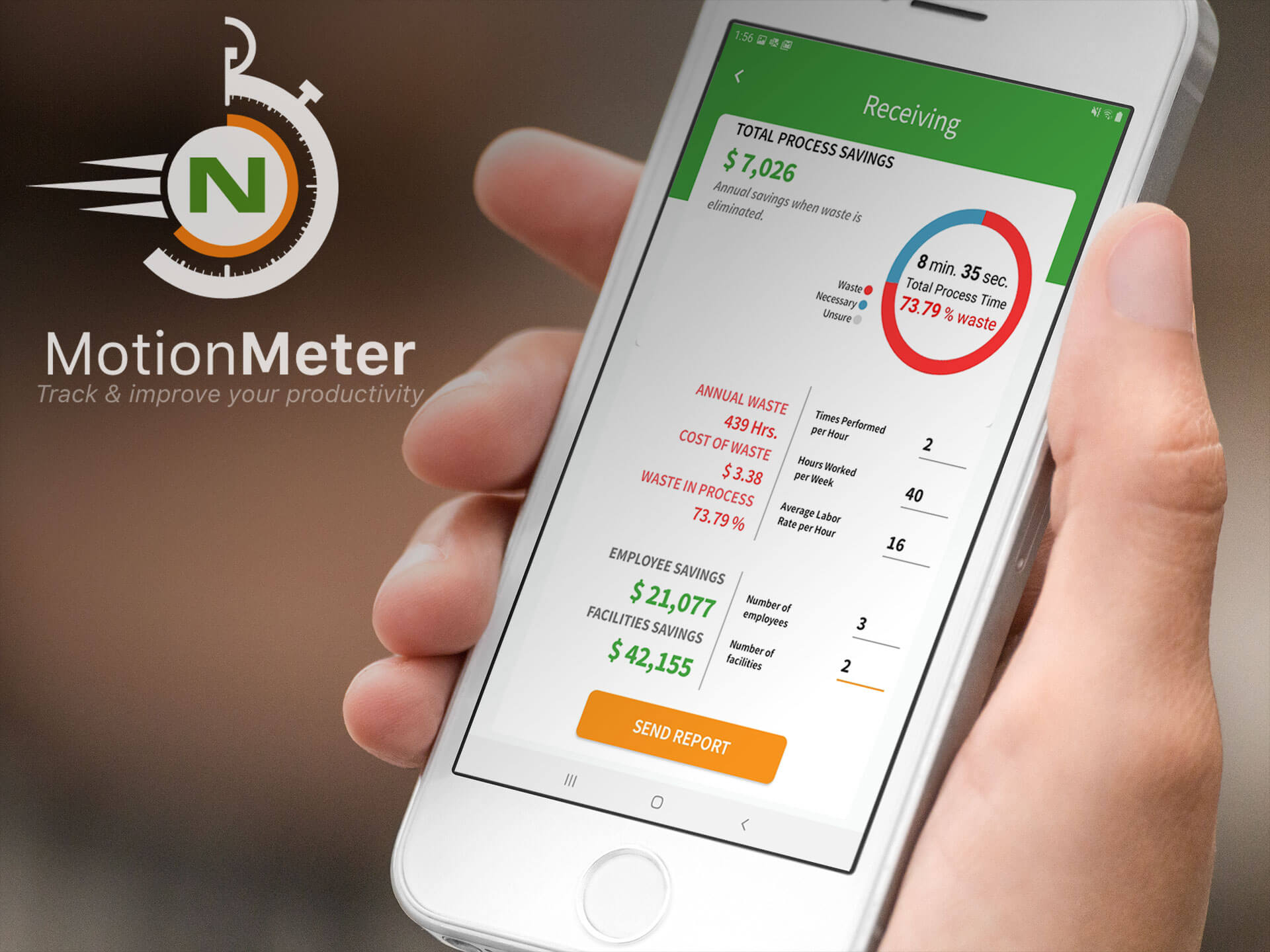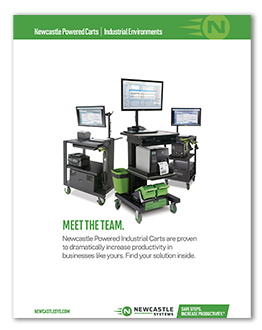
 This is not one of the newest products, nor one of the more complex productivity aids in a warehouse environment. But the advancements made in the upper end of this category make it worth a review of these products and what you may be missing if you do not use them or have not updated them in the last 10-15 years.
This is not one of the newest products, nor one of the more complex productivity aids in a warehouse environment. But the advancements made in the upper end of this category make it worth a review of these products and what you may be missing if you do not use them or have not updated them in the last 10-15 years.
The basic concept is unchanged – they allow you to both load or unload trucks or containers faster by extending or contracting as needed to the active part of the load/unload.
For Receiving – with a full truck, your conveyor may be at its most compact length. The example show on the right is a 24” wide roller conveyor that starts out at only 6 feet long full compacted. As your crates and boxes get unloaded by the Receiving team and get rolled away on the conveyor (presumably to someone loading a pallet, or to a fixed conveyor that may take them to their storage location with or without a sorter somewhere on the way there), the team will be moving deeper and deeper into the truck. Without the telescoping nature of the conveyor, each trip in and out of the truck gets longer, has more footsteps, and increases the time that the worker has to carry the weight of the package. In other words, it’s a lot of unnecessary repetitive motion, steps and fatigue. Now, as they go in, the conveyor extends with them so there is no walking needed to remove the cartons from the truck at all. The simple versions like those shown here tend to be 18-30” wide and have a max length anywhere from as short as 8 feet up to 36’ (ideal for dealing with 40’ containers).
For Packing/Shipping - or loading of individual crates, it works in reverse…the team on the dock starts with the conveyor full extended as someone else in the warehouse loads the cartons on and sends them into the truck/container where they can stack them as they go. AS the truck fills up, the conveyor is retracted until the loading is done and then it can itself be rolled away for use in another area of the dock or stowed.
For some of these, they can be turned into gravity rollers too with adjustable legs to create a little bit “natural automation”.
Go Bigger, Go Better
 The higher end of the conveyor market is where you can find the examples that demonstrate just how valuable – and integral – these systems can be to a warehouse dock area. The examples on the right (via FMH Conveyors) show FIXED installations that demonstrate how critical they are seen to this warehouse’s operations. Additionally, they are connected to the main conveyors going in and out of the facility. This configuration is an ideal setup where there are large volumes going in and out and where your maximizing your turns is a critical part of the KPI Dashboard.
The higher end of the conveyor market is where you can find the examples that demonstrate just how valuable – and integral – these systems can be to a warehouse dock area. The examples on the right (via FMH Conveyors) show FIXED installations that demonstrate how critical they are seen to this warehouse’s operations. Additionally, they are connected to the main conveyors going in and out of the facility. This configuration is an ideal setup where there are large volumes going in and out and where your maximizing your turns is a critical part of the KPI Dashboard.
These systems can be extended and retracted with the touch of a button, and newer systems are even starting to experiment with AI to automate their movement and eliminate the need for the user to stop their work to adjust the length of the conveyor.
Benefits For Management and Teams
The benefits are many, but let’s start with the really good ones.
Fatigue – Let’s start with the footsteps (something you know we’ve been something of an expert on for twenty years!). If two workers are loading 24”x18”x12” cartons into a 40’ container without a telescoping conveyor, they would need to make 16 trips of one carton each to the back of the container to fully utilize the inner dimensions of the container, and would need to take 208 steps to do it. Assuming they would need one less step for each row of cartons stacked, they would take a total of 1456 steps loading the container – EACH.
That amount of wear and tear is one of the challenges managers have in retaining good teams. Fatigue leads to injury and churn.

Labor Cost – Now, using the example above, how much TIME is saved if the two workers had a telescoping conveyor? Most analysts indicate a savings of 30% of labor time loading and unloading trucks and containers, but the math for this example hints that it could go as high as 50-60%.
Speed and Space - Given the benefits above, it also leads to the ability to see a container complete MUCH faster than typical. This also leads to additional benefits:
- Reduces time at the dock for trucks, and in turn reduces the potential of detention time for trucks idling outside the facility waiting for a dock to open up.
- Faster time in and out of docks also implies the need for fewer docks, meaning valuable space can be opened up for other uses.

Many Options for Every Application
For the warehouse alone, there are dozens of different options available. The basic conveyors that come with wheels or rollers, then the more advanced powered versions that could be single-stage or multi-stage, fixed or mobile, and finally the installed options like those shown previously that are fully integrated with the rest of the warehouse conveyors (in both directions). Finally, there are even options with hydraulics to raise and lower the height and angles of the conveyor, or even a platform for the user to stand on while the conveyor adjusts its height to make it easy for the user to load or unload. Like all productivity aids, however, the math may differ for each business, the types of products being carried, etc.











